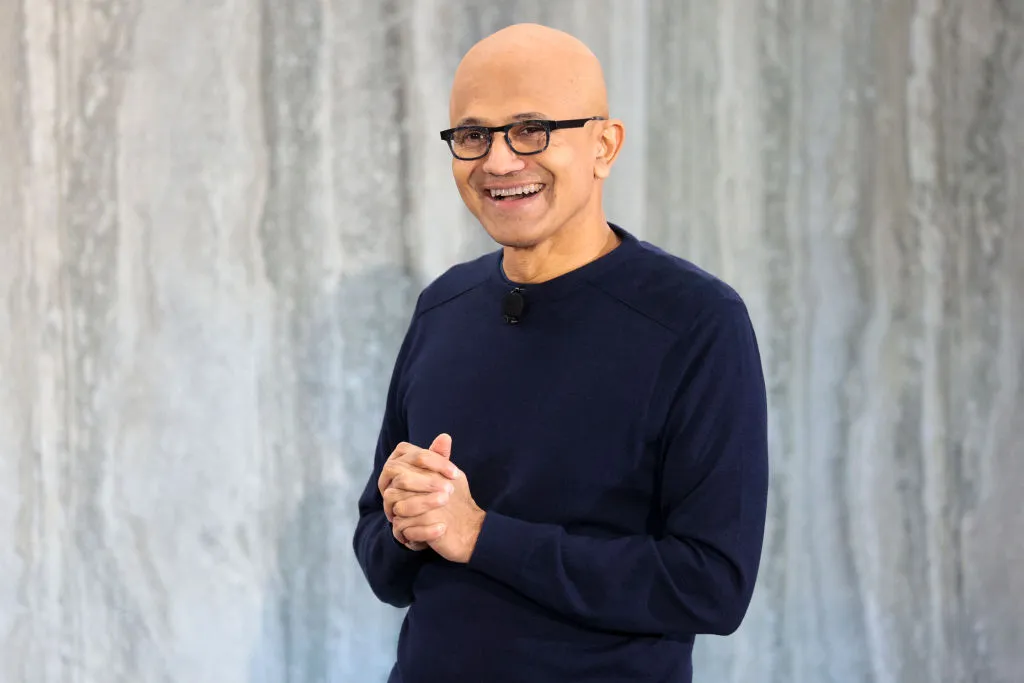
Microsoft CEO Satya Nadella has recently announced an ambitious plan aimed at fortifying the Indian youth with advanced AI skills. During his appearance at the Microsoft CEO Connection event in Mumbai, Nadella revealed the company’s strategic initiative, ADVANTA(I)GE INDIA, with an audacious goal to train 2 million students, job seekers, and women in AI by 2025. This initiative is a testament to Microsoft’s commitment to bolstering India’s transformation into an AI-first nation and aligning with the country’s vision of achieving self-reliance in the AI workforce.
The Urgent Need for Digital and Green Skills
The necessity for such an initiative is underscored by a report from PwC, which highlights a significant demand among Indian employees for enhanced digital skills. Approximately 79% of Indian workers deem it crucial to acquire more digital expertise in the next five years, a figure that notably surpasses the global average of 57%. Furthermore, about 61% of Indian professionals recognize the importance of adopting green skills—technical knowledge aimed at promoting environmentally sustainable decisions, again outpacing the global response of 39%.
Who Will Benefit from Microsoft’s AI Training Programs?
Nadella’s vision encompasses a wide demographic, aiming to democratize AI education across different social classes, genders, and income levels. Microsoft’s strategy includes forming partnerships with 10 Indian state governments to provide both basic and advanced AI training to half a million students and job seekers across 100 rural educational institutions. This move not only expands Microsoft’s existing collaborations aimed at equipping Gen Z with digital and cybersecurity skills but also reinforces Nadella’s earlier commitment to training 100,000 Indian developers in utilizing Azure AI for creating and deploying AI solutions.
How Will Microsoft’s Training Program Operate?
The training program is designed to be inclusive, open to individuals from all backgrounds and experience levels, and comprises two key components:
- First Level of Instruction: Focuses on teaching participants how to utilize and create AI technologies, ensuring a foundational understanding of AI’s capabilities and applications.
- Second Level of Instruction: Evaluates participants’ abilities to apply AI technologies in solving real-world problems, demonstrating the practical utility of AI skills in various contexts.
Additionally, the initiative includes significant efforts to extend AI education across India:
- Engaging 5,000 Instructors: Microsoft plans to involve instructors across higher education institutions to deliver AI training to 100,000 women in rural areas and smaller urban centers, thereby promoting gender inclusivity in AI education.
- Targeting Beyond Major Cities: Training efforts will reach beyond the metropolises of Delhi and Mumbai to include Tier 2 and Tier 3 cities such as Chandigarh, Jaipur, Nagpur, and Gwalior.
- Focusing on Remote and Tribal Regions: Plans to train 400,000 students in remote, tribal, and agricultural regions, with the launch of three global initiatives to support these efforts, ensuring the inclusivity of education across diverse geographical and socio-economic backgrounds.
The context for this ambitious training program is set against a backdrop of a rapidly growing AI sector in India. Microsoft’s Work Trend Index reveals a pressing need for AI-skilled workers, with 90% of Indian leaders acknowledging the necessity to hire employees prepared for AI advancements. However, a considerable gap exists, as 78% of the workforce feels inadequately equipped with the necessary AI knowledge for their current roles.
The Role of AI in Economic and Social Transformation
India’s aspiration to emerge as an economic powerhouse is challenged by disparities, particularly the stark contrast in living conditions and opportunities between urban and rural populations. Over two-thirds of India’s populace resides in rural areas, many of whom struggle with basic necessities and are constrained by traditional societal structures. Advanced AI technologies have the potential to significantly mitigate these challenges by enhancing access to financial services, revolutionizing education, and improving healthcare delivery in these communities.
Experts like Kuldip Maity, founder of VFS Capital, advocate for the transformative power of AI in empowering rural Indians. Chatbots and virtual assistants, for instance, could play a crucial role in improving financial literacy and decision-making. Similarly, AI-powered educational software promises personalized learning experiences that could help break the cycle of poverty, while AI in healthcare could bridge critical gaps in diagnostic services.
Interestingly, despite these challenges, a significant portion of rural India is connected to the internet, with around 399 million online users. This connectivity underscores the potential for widespread adoption and impact of AI technologies across various sectors.
Microsoft’s Vision for an AI-Fluent India
The ADVANTA(I)GE INDIA initiative reflects Microsoft’s deep commitment to fostering inclusive growth through technology. Puneet Chandok, President of Microsoft India and South Asia, emphasized the opportunity for India to lead globally in AI, stating that creating AI fluency at a large scale is a crucial step towards realizing this vision. Through these comprehensive training programs, Microsoft aims to equip millions of Indians with the skills needed to navigate and shape the future AI landscape, contributing significantly to the country’s socio-economic development and positioning India as a formidable force in the global technology arena.
Featured Image courtesy of Jason Redmond—AFP/ Getty Images
